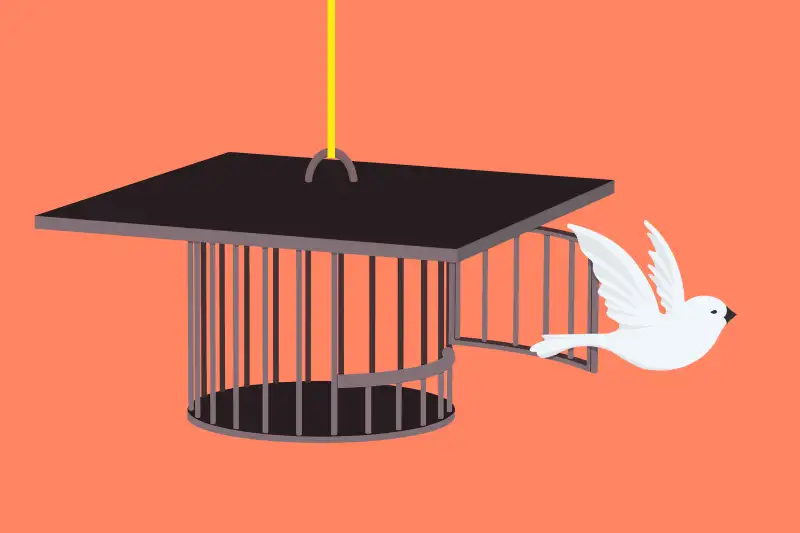Should Biden Cancel Student Debt? The Loan Forgiveness Debate, Explained

Americans' collective student loan burden has nearly doubled in the past decade, topping $1.7 trillion this year. While everyone can agree that this causes problems, there's less agreement among policy experts, economists and the general public on what to do about it.
Enter: the debate over student loan forgiveness. The conversation has quieted while President Joe Biden's administration looks into whether cancellation without Congress's approval is legal. Biden has said multiple times that he supports modest debt forgiveness, ideally passed by Congress. But in the months since his election, advocates have repeatedly pressured him to go further and use executive authority to cancel $50,000 for every borrower.
The idea of broad student loan forgiveness has been around since at least the Occupy Wall Street protests a decade ago. But it didn't gain Main Street appeal in the Democratic party until after the 2016 presidential election, and the focus on the proposal has sharpened in the past year.
There are many ways — some clear and measurable, others anecdotal — that student debt has shaped a generation of students and their families. Yet wading through the arguments in favor of and against universal student loan cancellation requires analyzing competing narratives of who would benefit most from wiping out the debts of millions of Americans.

